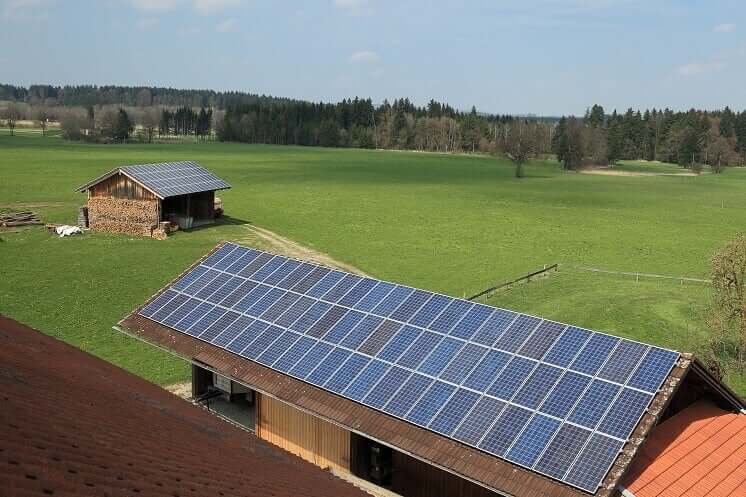Heating a shed without electricity can be challenging, but using a solar heater for shed is an efficient and effective solution.
Sheds are increasingly becoming versatile spaces, serving as home gyms, office areas, gardens, and more.
However, heating these spaces without pre-existing electrical facilities can be costly and impractical.
Avoiding the mess and safety hazards of running cables from your house is essential.
Therefore, finding ways to warm up the shed with no electricity is fine and more manageable. Using a Solar heater for shed or other methods can provide a solution in the long run.
Therefore, exploring non-electric heating methods, such as solar heaters, is practical and sustainable.
Here, we have a list of ways to warm up your space without any ugly wiring lines. So, let us look through some options available for doing the job.
Insulation

The first step in heating a shed without electricity is ensuring proper insulation. Since sheds are primarily designed for storage, they often lack adequate insulation.
Before considering any heating solutions, insulate your shed to retain heat effectively.
Sunlight
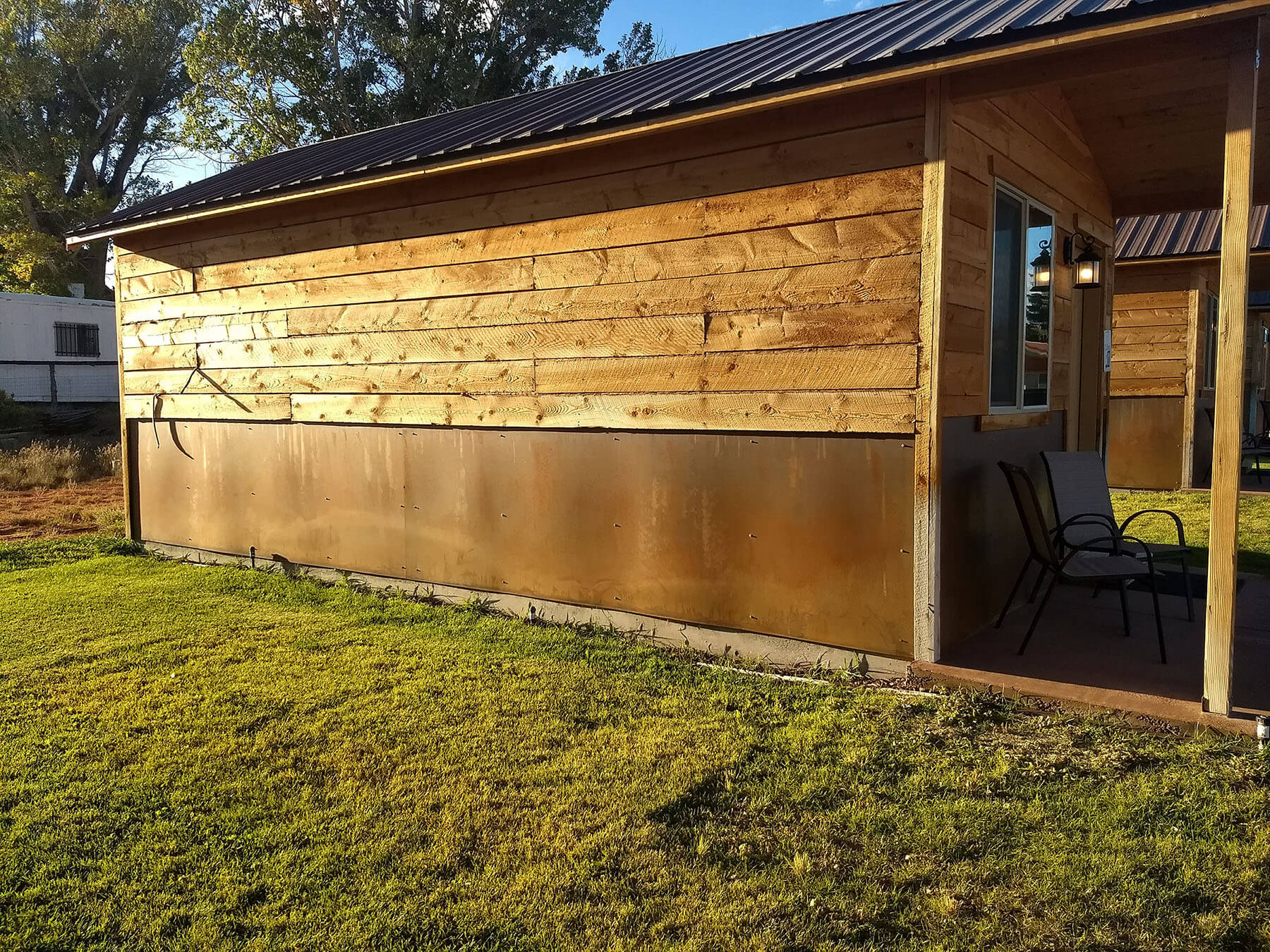
Utilizing sunlight is a simple and natural way to warm your shed. But the generic question that pops up in one’s mind is how?
Install windows in strategic locations to maximize sunlight entry, through which the sun rays could show your shed with warmth and light.
Consider using magnifying glass panels to enhance the sunlight’s warmth.
Above all, correctly angled windows can significantly brighten and warm your space to provide the room or area with sufficient brightness.
Here, we have listed five different ideas that are best for executing the idea of solar heater for shed in the most efficient manner.
1. Solar Power (Solar Heater for Shed)
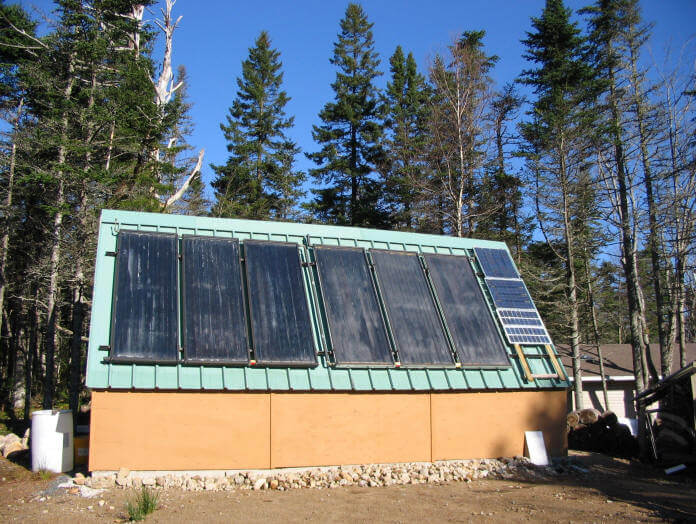
Solar power is an increasingly popular option for heating sheds, particularly with the advent of more efficient solar panels.
These panels convert sunlight into usable energy, providing a green and cost-effective heating solution.
Solar heaters are effective during sunny days, but their performance can decrease in the absence of sunlight.
To address this, solar water heaters and DIY solar boxes are excellent alternatives.
These solutions leverage the abundant energy of the sun, making them ideal for eco-conscious shed owners.
A solar heater for a shed not only reduces reliance on traditional power sources but also minimizes environmental impact.
2. DIY Solar Box
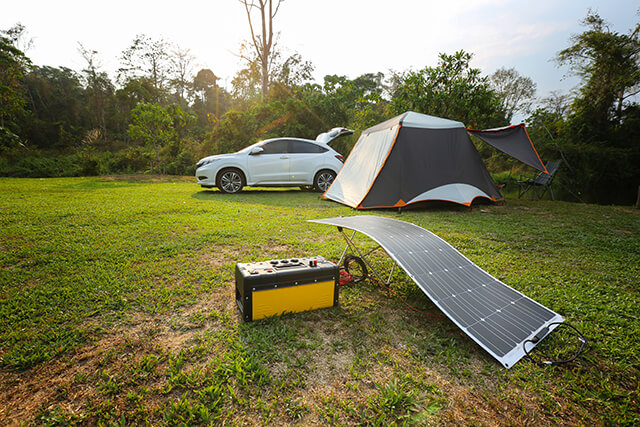
Creating a DIY solar box is a practical and inexpensive way to heat your shed.
This project uses readily available materials like black spray paint, soda cans, junk lumber, a window frame, and insulation sheets.
The process is straightforward: paint the cans black for better heat absorption, assemble them in a box framed with lumber and a glass top, and insulate the box to retain heat.
This solar box effectively captures solar energy, making it a renewable source of heat.
It’s a perfect project for those looking to add a solar heater to their shed without significant investment.
For a detailed understanding, we have listed a step-by-step guide below to execute the plan in the best possible manner.
Procedure:
- Using black spray paint, cover the empty cans. Crushed cans will not work. Let the cans dry.
- Secure the window frame with lumber around the edges, eventually creating a box with a glass bottom.
- Put the dry cans inside the box and cover the other end with insulation sheets, securing the cans inside the frame.
- Start drilling holes into the lumber so that you can pierce the cans.
- The box will be ready to be used. Put it under sunlight.
3. Solar Water Heater
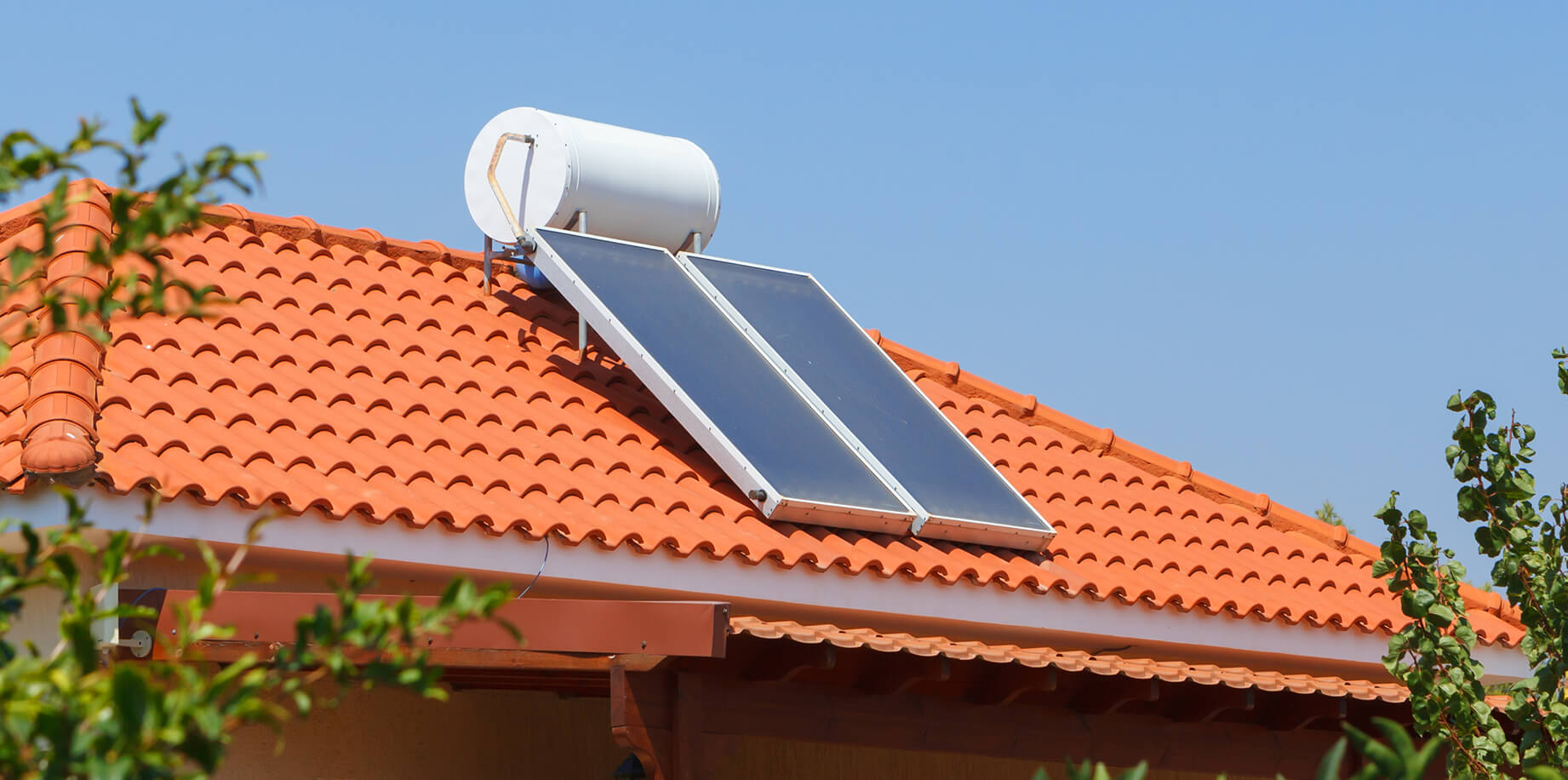
A solar water heater is an efficient system for heating your shed, utilizing the power of the sun to warm water in a storage tank.
This system, comprising a thermal panel, a storage tank, and a circulating pump, harnesses solar energy more consistently than a basic solar heater.
It’s particularly effective in storing heat for use during less sunny periods.
By choosing a solar water heater for your shed, you ensure a steady and sustainable heat source, making it an environmentally friendly and cost-effective solution.
It’s an ideal upgrade for those already considering a solar heater for their shed.
4. Propane

Warning: Do not use a propane heater designated for outdoor use because it possesses a high risk of carbon monoxide poisoning.
For sheds without access to electricity, propane heaters are a viable alternative.
These heaters are available in various sizes to suit different shed dimensions.
When selecting a propane heater, it’s crucial to choose one specifically designed for indoor use to prevent the risks associated with carbon monoxide.
Propane heaters are convenient and provide immediate warmth, making them a popular choice for shed owners.
While not as environmentally friendly as a solar heater for a shed, they offer a practical solution for those needing immediate and effective heating.
5. Stoves for the Shed

Pot-belly stoves, barrel stoves, rocket stoves, wood stoves; you have countless types of stoves available if you do not feel like using one of those solar water heaters for a shed.
Some of these might be difficult to install, such as wood stoves, pot-belly stoves, or barrel stoves, because these tend to meet a large shed’s needs. If you have a small shed, these might not work for you. Many of them need a chimney or pipes.
Rocket stoves are the best options for a confined area. For fuel, they burn almost anything from paper to cardboard, and the best reason for building them is you can use recycled and cheap materials.
This one does sound more promising than a solar water heater for the shed. These stoves can be used when required for the long run or if your requirements are more than necessary. On the other hand, the solar heater for the shed can be kept as an option if you have basic needs.
Hoping that you got your ideas and innovations from the information mentioned above, keeping you protected from the cold showers of winter, here is a wind-up suggesting a few other ways of heating a shed without using electricity.
Some Other Good Alternatives:
- Pipes are containing hot water.
- Kerosene Heater
- Build a fireplace.
- Solar space heater
- Heater water (keep it near the shed, outside probably, and use an old radiator for pumping the water inside your shed)
Safety First
Regardless of the heating method chosen, safety should always be the top priority.
Regular maintenance checks, adherence to safety codes, and the presence of emergency kits are essential for any heating setup.
This is especially crucial for combustion-based heaters like propane or wood stoves.
Ensuring proper ventilation and carbon monoxide detectors can prevent hazardous situations.
When installing a solar heater for a shed or any other heating system, thorough understanding and caution are vital for a safe and comfortable environment.
Conclusion
For shed owners seeking an eco-conscious approach, a solar heater for shed is an exemplary choice.
It aligns with the growing trend towards sustainable living, offering a practical way to reduce carbon footprint while maintaining comfort.
The effectiveness of these solar solutions is greatly enhanced with proper insulation, which is a critical factor in maximizing heat retention and efficiency.
Insulation acts as a complement to the solar heating system, ensuring that the warmth generated is effectively utilized, thereby reducing the need for continuous energy consumption.
Moreover, the varied alternatives to electric heating, such as propane heaters and various types of stoves, cater to those who may have constraints in implementing solar solutions.
These options provide flexibility and can be tailored to fit the specific dimensions and usage of the shed.
Safety, however, remains paramount, regardless of the chosen heating method.
Regular maintenance, adherence to safety guidelines, and proper installation are crucial to prevent any risks associated with heating systems.
Frequently Asked Questions
What is the Cheapest Way to Heat a Shed?
Aside from insulation, the cheapest ways include solar-powered heaters, electric radiators, and fan heaters.
These methods provide cost-effective heating solutions while being relatively easy to install.
What is Best to Insulate a Shed?
Fiberglass wool is renowned for its insulation properties, making it an excellent choice for sheds.
Proper insulation is crucial, especially when using a solar heater for a shed, as it maximizes the efficiency of the heating system.
How Do You Heat an Uninsulated Shed?
For an uninsulated shed, options include portable electric heaters, transparent sheeting on the roof, and infrared heat bulbs.
These methods provide direct heat, though insulating the shed remains a recommended long-term solution.

